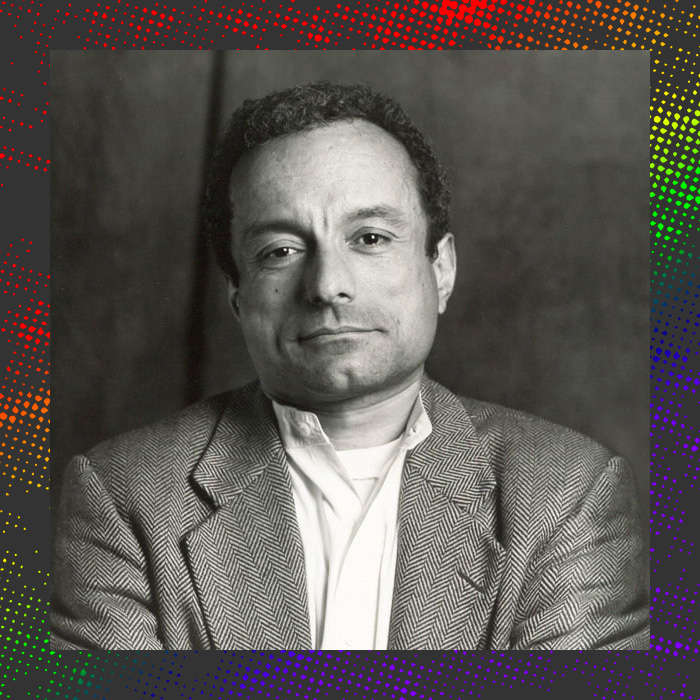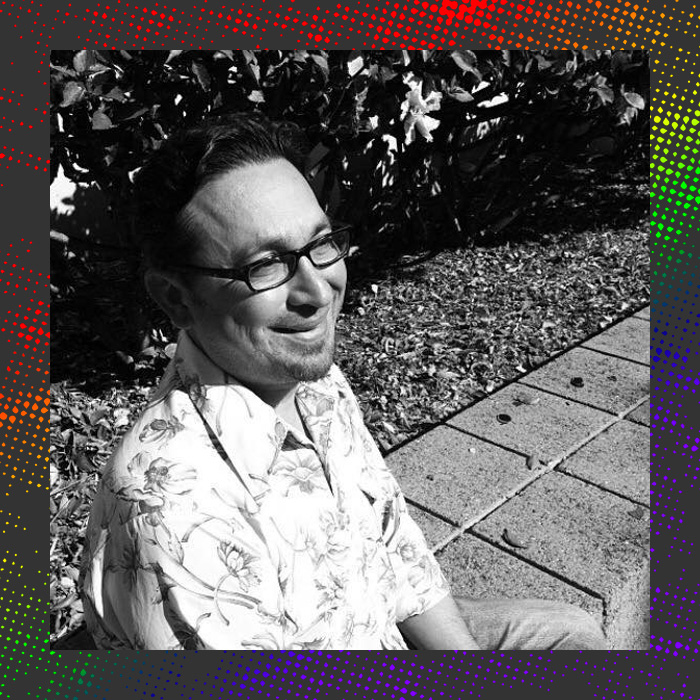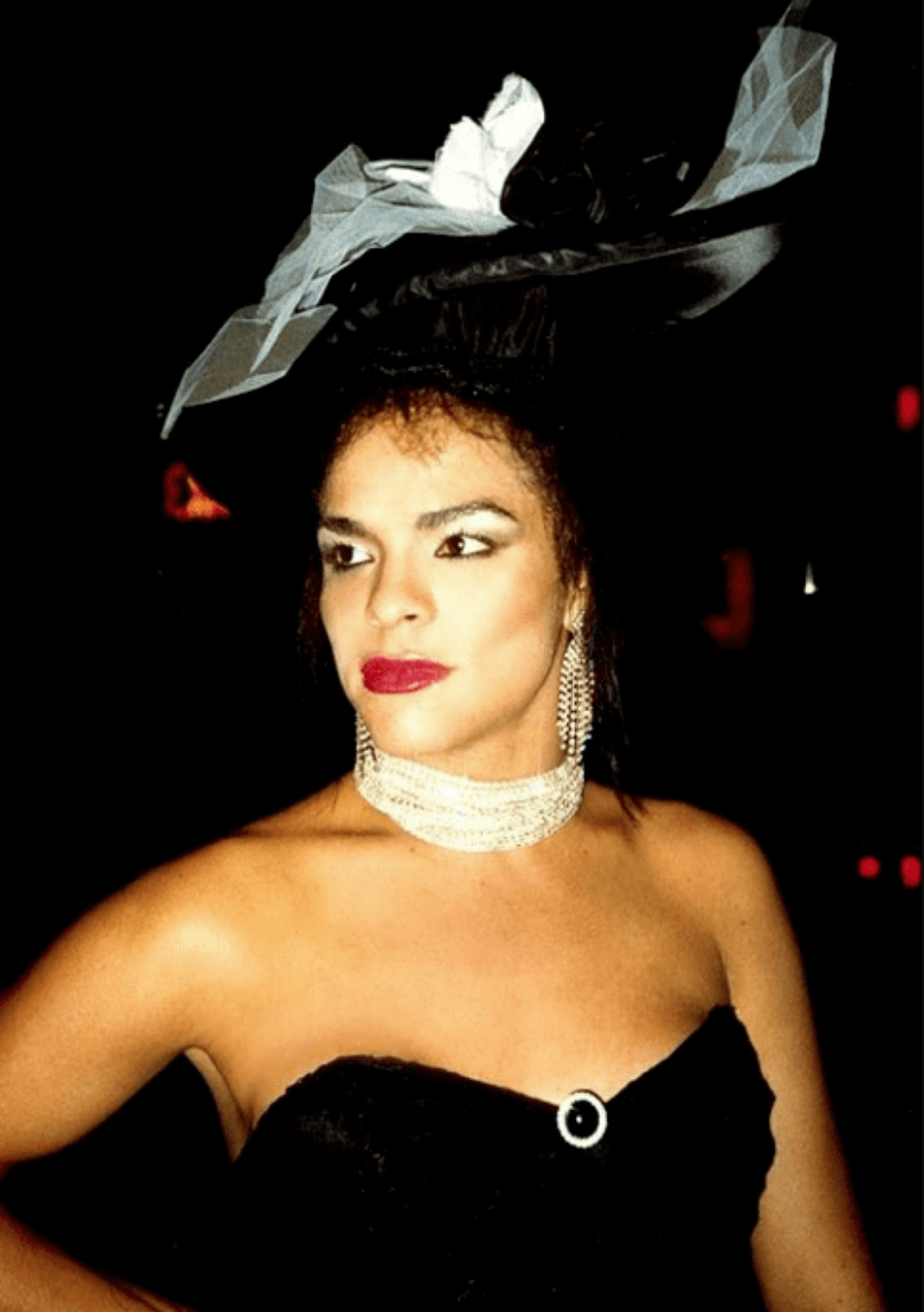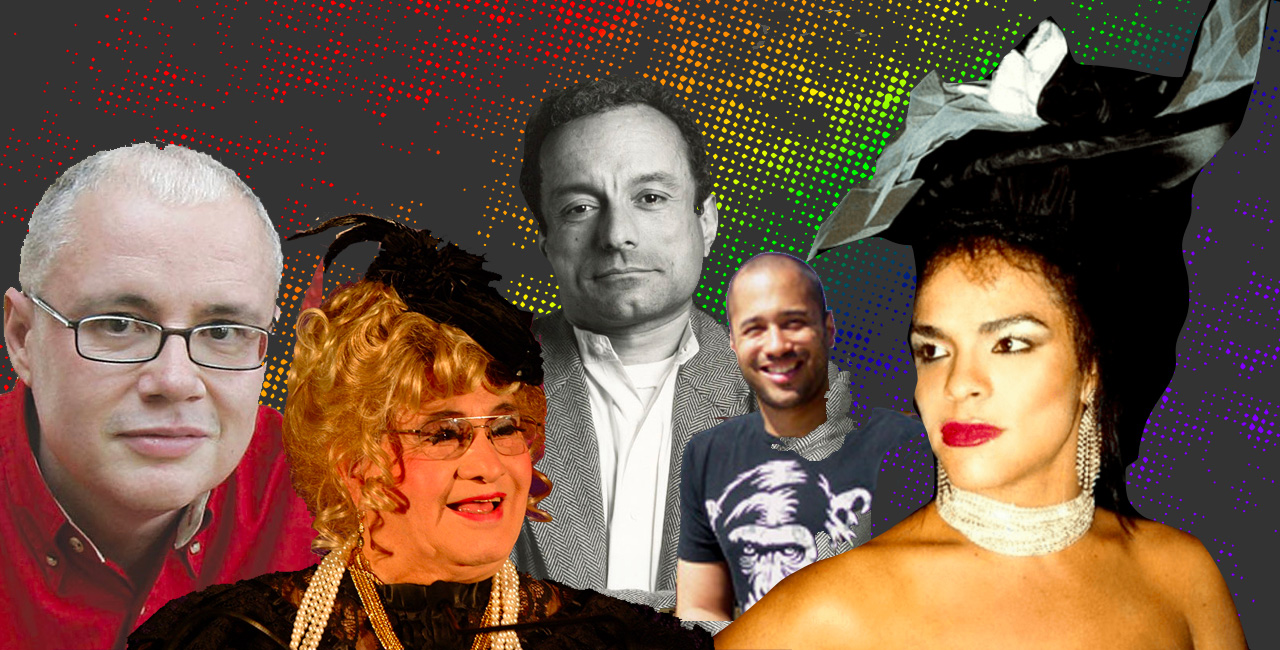June is LGBTQ Pride month, a time for us to celebrate our community, our history, our culture, and our people. We’ve come a long, long way since the first Pride celebrations. Latina legends, such as Sylvia Rivera and Gloria Anzaldúa, have paved the way for current Latinx LGBTQ Icons like Wilson Cruz, Sara Ramirez and Demi Lovato.
But since Stonewall, there have been many more in the Latinx community who have made their own huge impacts on queer culture who haven’t gotten proper recognition. With that in mind, we have rounded up eight of the many, many unsung LGBTQ Latinx heroes.
1
José Sarria

A drag queen and activist, José Sarria became the United States’ first openly gay public office candidate when he ran for the San Francisco Board of Supervisors in 1961. Known as The Grand Mare, the Widow Norton, and Her Royal Majesty, Absolute Empress José I de San Francisco, he blazed trails as not just an openly gay man in the ’60s, but a loudly and visibly gay man.
He fought against police harassment of LGBTQ people and raised awareness for gay men in San Francisco. Although he didn’t win his election, he got 6,000 votes, which shocked political experts and was the first evidence that the LGBTQ community could be a formidable voting bloc.
2
Dennis deLeon

In 1993, Dennis deLeon publicly disclosed his HIV status in an op-ed for The New York Times, becoming one of the first New York city officials to do so. He was a dedicated HIV/AIDS activist and Latino community leader who served as both the New York City Human Rights Commissioner and President of the Latino Commission on AIDS. Under his tenure as president, the organization grew from a small local organization with a staff of just tw into a national organization with 45 employees and a $5 million budget. It did work to translate AIDS information into Spanish, built networks of Spanish-language AIDS prevention programs, and raised awareness of AIDS in the Latino community. He was diagnosed with HIV in 1986 and lived until 2009 when he passed away at the age of 61.
3
Horacio Roque Ramírez

Horacio Roque Ramírez was a Salvadoran-American writer, advocate and oral historian who focused his work on LGTBQ Latinos and specifically the experiences of Central American Latinos. At the time of his death, Ramírez was working on a book of oral history about Latino communities in San Francisco. He was one of the first historians to study and chronicle the lives of gay Latinos in the Mission District.
4
Gil Cuadros

Gil Cuadros was a Chicano poet in the ’90s. He’s one of the few gay Latinos publicly talking about HIV/AIDS and its effect on the community. After his partner died and he was diagnosed with AIDS in 1987, Cuadros took a writing workshop for people with HIV and began a journey of writing about his community that would last for the final eight years of his life. His works are believed to be the first chronicles of what life was like for Chicanos with AIDS. His book, City of God, is full of short stories and poems that deal with the experiences of queer Chicanos and, especially, queer Chicanos with AIDS. He was also one of the early chroniclers of the queer community in Los Angeles.
5
Rane Arroyo

Rane Arroyo was an openly gay Puerto Rican poet, playwright and scholar who wrote extensively on immigration, Latino culture in the United States, and homosexuality. Many of his works were autobiographical and dealt with his life as a gay Puerto Rican. He published 11 books of poetry and won numerous awards for his groundbreaking writing on the gay Puerto Rican experience, including the Carl Sandburg Poetry Prize. His poetry is included in the Heath Anthology of American Literature, one of the most commonly taught books in US English college classes.
6
Jeanne Córdova

Córdova, who was born in Germany to a Mexican father and Irish-American mother, became one of the most influential lesbian activists in American history during her 40-year career as an activist, community organizer, and journalist. She served as the Los Angeles chapter president of the early lesbian rights group Daughters of Bilitis and opened the first lesbian center in the city. She also headed up her chapter’s newsletter, which she helped become The Lesbian Tide, the first American magazine with “lesbian” in the title and one of the most respected queer publications of its time.
She was a key organizer in many of the first lesbian and women’s conferences, and worked to fight against anti-LGBT laws in California. She spent the next several decades continuing this work and blazing new paths for lesbians and wrote an award-winning memoir, When We Were Outlaws: a Memoir of Love and Revolution.
7
William Brandon Lacy Campos

William Brandon Lacy Campos started his activism when he was just a teen, joining several queer student groups and co-chairing the United States Student Association’s Queer Student Coalition. He also spoke frequently about his HIV-positive status and the issues that HIV-positive men of color face. Before passing away in 2012, William served as the co-executive director of Queers for Economic Justice and was a board member of the Audre Lorde Project. He also served as a spokesman for an HIV-positive dating site.
8
Angie Xtravaganza

For many queer Latinxs in New York, the ballroom scene is where they found their family and where they were able to express themselves. That is, in large part, due to Angie Xtravaganza, who became House Mother of the primarily Latinx ball house, The House of Xtravaganza. Xtravaganza and her house were featured in the groundbreaking documentary Paris is Burning, and under her tutelage, the house produced a number of ballroom and dance legends, like Venus Xtravaganza and Madonna’s “Vogue” choreographers Jose Gutierez and Luis Camacho. She is remembered as one of the great house mothers in all of ball culture.




